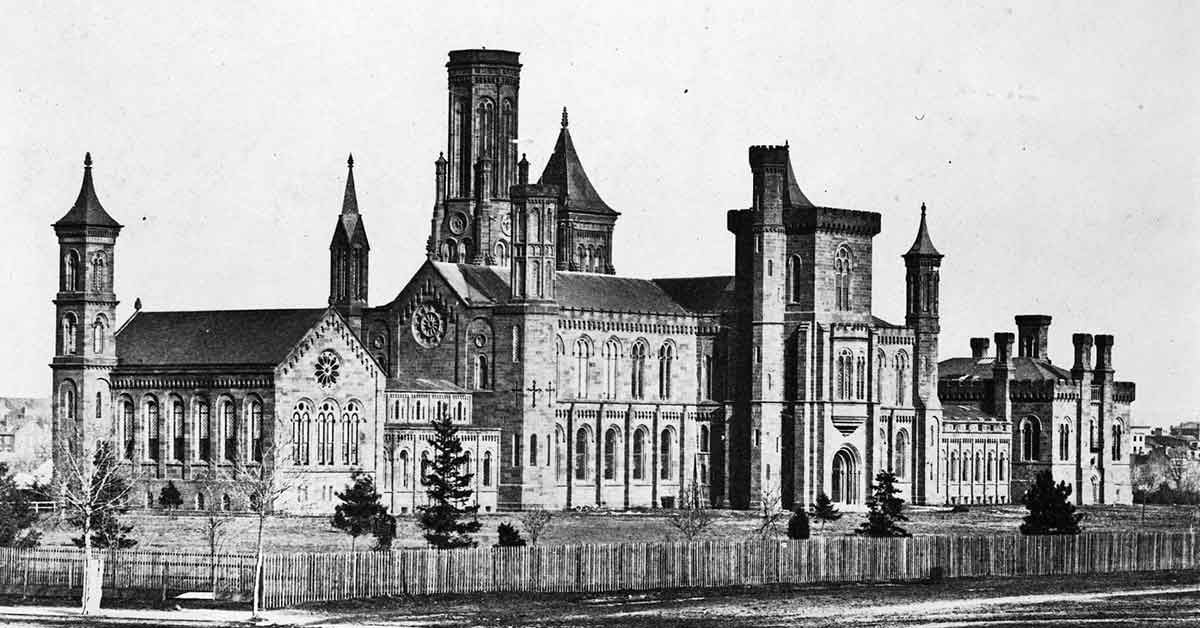Key insights
-
1
Myth: The Smithsonian is a single museum
Many people believe the Smithsonian Institution is a single museum, but it is actually a complex of 19 museums, nine research centers, and the National Zoo.
-
2
Myth: The Smithsonian was founded by an American
Contrary to popular belief, the Smithsonian was founded by James Smithson, an Englishman who never visited the United States.
-
3
Myth: The Hope Diamond is cursed
The Hope Diamond is rumored to be cursed, causing misfortune and tragedy to its owners. However, there is no scientific evidence supporting this claim.
-
4
Myth: The Smithsonian only showcases American history
While the Smithsonian has extensive American history exhibits, it also features global artifacts and research across various disciplines.
-
5
Myth: All Smithsonian museums are located on the National Mall
Not all Smithsonian museums are situated on the National Mall in Washington, D.C.; some are located in other parts of the city and even in other states.
Takeaways
The Smithsonian Institution is a multifaceted and globally significant complex that encompasses a wide range of museums, research centers, and educational initiatives. By debunking these myths, the article aims to provide a clearer and more accurate understanding of this esteemed institution.

